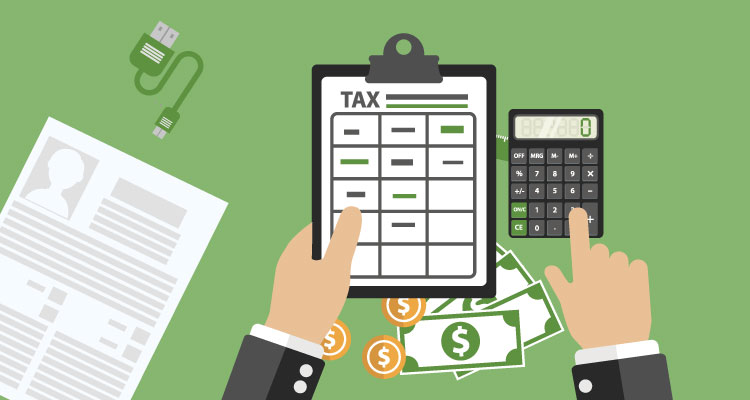Tenant or leasehold improvements are improvements made by a landlord to attract or retain a tenant. The tenant can request specific customizations to the space’s interior to better suit their needs or preferences. These improvements can be paid for by either the landlord or tenant. This is all negotiated and outlined in the signed lease agreement. However, there are tax implications to how these tenant improvements (TIs) are funded. There’s also a bit of confusion about qualified leasehold improvements. Namely, what they are, whether or not tenant improvements qualify for bonus depreciation or how long they can be depreciated for? This post is for informational purposes only. We are a commercial construction company, specializing in leasehold improvements and new construction. We ARE NOT tax professionals. This content does not substitute for the expertise of a qualified tax accountant on this matter.
HOW LONG CAN A TENANT DEPRECIATE LEASEHOLD IMPROVEMENTS?
The recovery period – or the depreciable life – of a non-residential real property has customarily been 39 years. But some recent changes have opened the door to new tax incentive opportunities that allow for a faster 15-year recovery of costs.
This is courtesy of a provision in the American Jobs Creation Act (AJCA) to encourage improvements to leased commercial spaces. The idea is this shorter recovery period will lead to more tenant improvement construction projects; creating jobs for area contractors and tradesmen.
QUALIFIED LEASEHOLD IMPROVEMENTS MUST MEET THE FOLLOWING CRITERIA
- The improvements must be made as specified in the lease
- The improvements are in some way attached to the structure of the building. They must be considered real property under Section 1250 of the Internal Revenue Code (IRC)
- The improvements were made by the lessee, not the building owner
- The improvements were made to an area exclusively occupied by the lessee or any sublessee of that portion of the interior
- The building owner and lessee aren’t related in any way
- The improvements were made in a building in service for more than 3 years
There are a few special qualifiers for restaurants and retail properties.
A qualified restaurant property falls under Section 1250 of the IRC and devotes more than 50% of the building’s square footage to meal prep or dining.
A qualified retail property is Section 1250 property and it must be open to the general public and primarily sell goods (tangible personal property) not services.
LEASEHOLD IMPROVEMENTS NOT QUALIFIED FOR SHORTER LIFE
- Elevators and escalators
- Structural components benefiting a common area
- Expanding the building itself
- Internal structure framework
Originally set to expire on 12/31/2006, these AJCA provisions were continuously extended. The 15-year recovery period for qualified leasehold improvements was eventually made permanent through the Protecting Americans from Tax Hikes (PATH) Act of 2015.
But qualified leasehold improvements placed into service from 10/21/2004 to 1/1/2018 are likely assigned a 39-year-old recovery period in tax records. Many taxpayers haven’t changed this and aren’t correctly recording depreciation on taxpayer’s Form 4562. Don’t let this tax incentive slip by you.
What does “placed-in service” mean? It’s the point in time where an asset or a property or eligible improvements to the property can be depreciated or given a tax credit for the first time for accounting purposes. This date marks the start of the property’s depreciation period.
The Tax Cuts and Jobs Act (TCJA) has also led to several changes to federal income tax depreciation rules. For starters, the TCJA has made it so property placed in service between 9/28/2017 and 12/31/2017 is now eligible for a 100% first-year bonus depreciation.
This means the entire cost of the eligible tenant improvements can be written off in year one.
However, a TCJA drafting oversight excluded qualified property placed in service after 2017 from the list of properties with a 15-year depreciation period. Congress intended for its inclusion and will likely fix this legislative glitch through legislation.
Once corrected, qualified improvements placed in service following 2017 will be eligible for bonus depreciation. Until then, these property improvements must be assigned a 39-year depreciation period and aren’t eligible for bonus depreciation per current law.
LOOKING FOR A TENANT IMPROVEMENT CONTRACTOR IN THE LOS ANGELES AREA?
H.W. Holmes, Inc. has completed tenant improvement projects throughout Ventura, Los Angeles, and Santa Barbara counties. If you have a project that you’d like to discuss with us, please contact us today at (805) 383-9929 or fill out our online contact form to schedule your free consultation.

